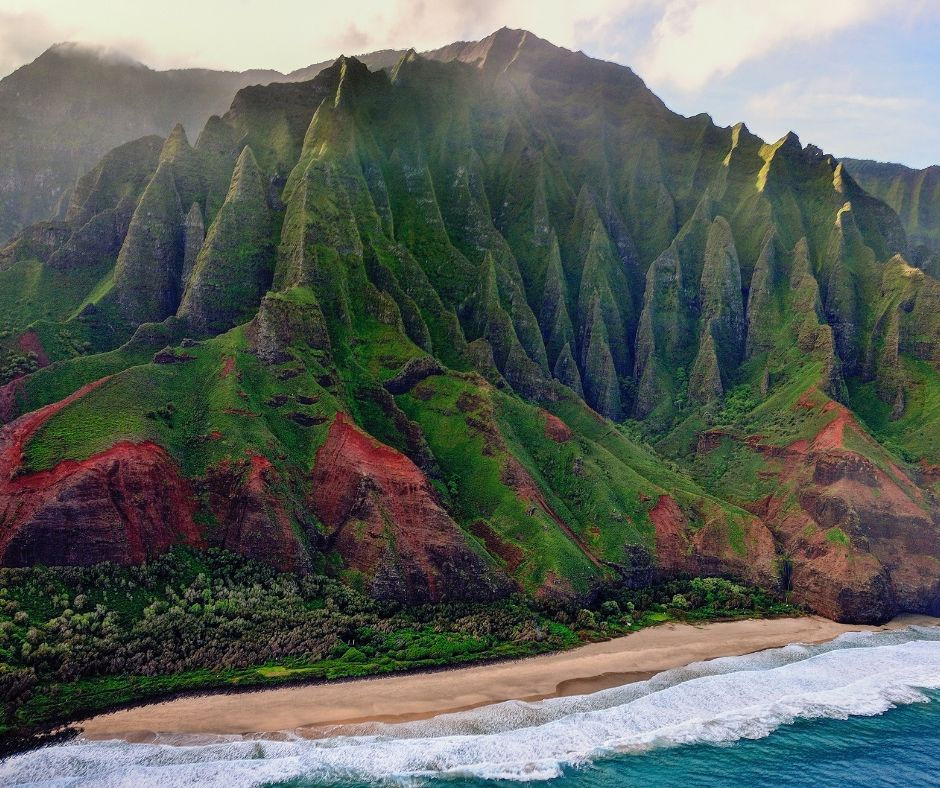Hula: More Than Just a Dance, a Cultural Expression
- gloryanng8
- Sep 24
- 1 min read

The Deep Roots of Hula
Hula is often admired for its graceful movements and colorful costumes, but its meaning runs far deeper than entertainment. Rooted in the traditions of Native Hawaiians, hula is a way of preserving history, spirituality, and cultural identity. Each gesture, chant, and rhythm tells a story—whether about gods, nature, or ancestral journeys. For centuries, hula has been a vital way for Hawaiians to connect with the land, the ocean, and their heritage.
Beyond the Movements: Storytelling and Symbolism
Unlike typical dance forms, hula is a form of cultural expression and storytelling. Movements symbolize elements of nature—waves, trees, wind, or animals—while chants (mele) convey emotions, legends, and genealogies. This blend of movement and poetry creates a living narrative that keeps Hawaiian history alive. Whether performed in hula kahiko (traditional hula with chants and percussion) or hula ʻauana (modern hula with western influences like guitar and ukulele), the essence of hula remains deeply tied to cultural pride and storytelling.
Preserving Tradition in Modern Times
Today, hula is celebrated across Hawaii and around the world, from local festivals to international stages. Schools known as hālau hula continue to pass down traditions from kumu hula (master teachers) to new generations. Beyond performance, hula plays an important role in cultural preservation, education, and identity. By learning and practicing hula, people honor Hawaiian ancestors while keeping the spirit of aloha alive. For both Hawaiians and visitors, hula is a reminder that culture is best experienced through connection, respect, and shared stories.




Comments